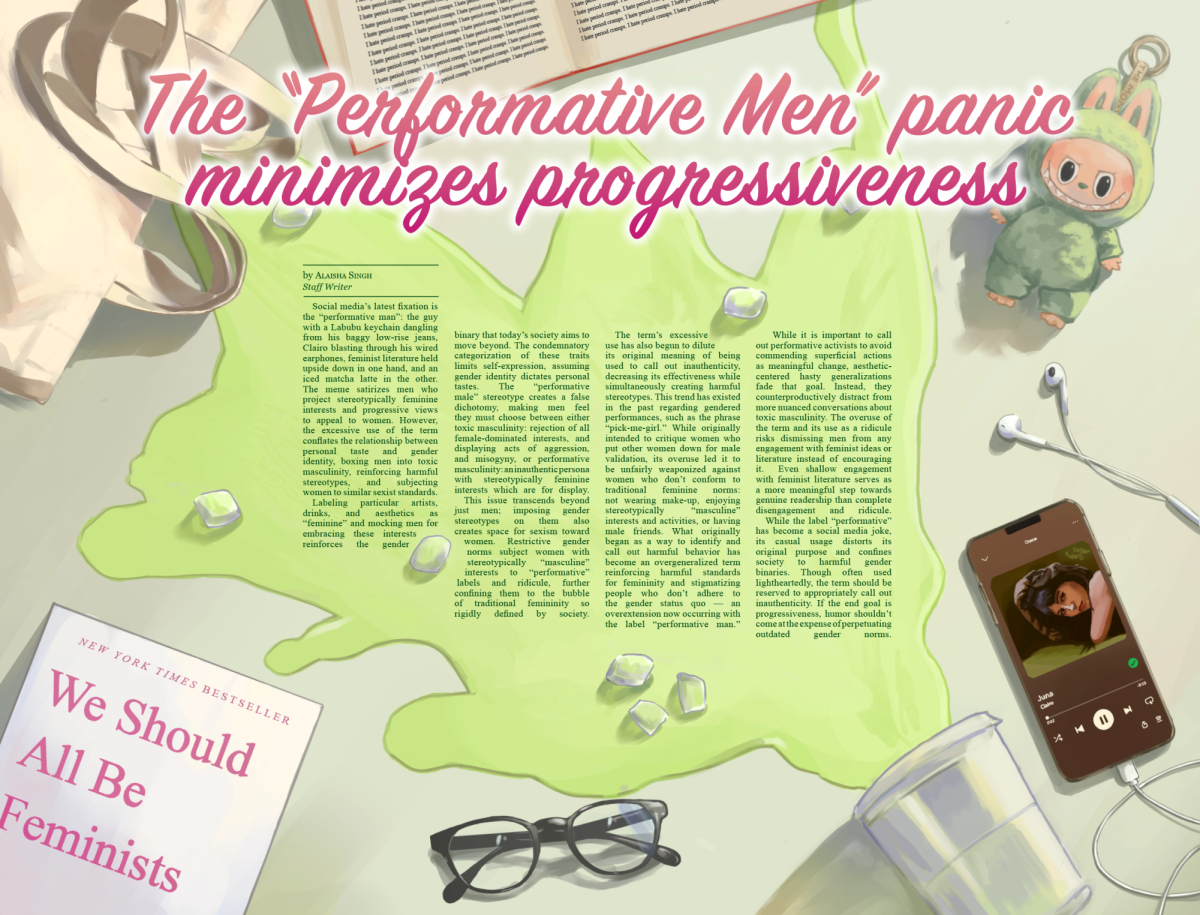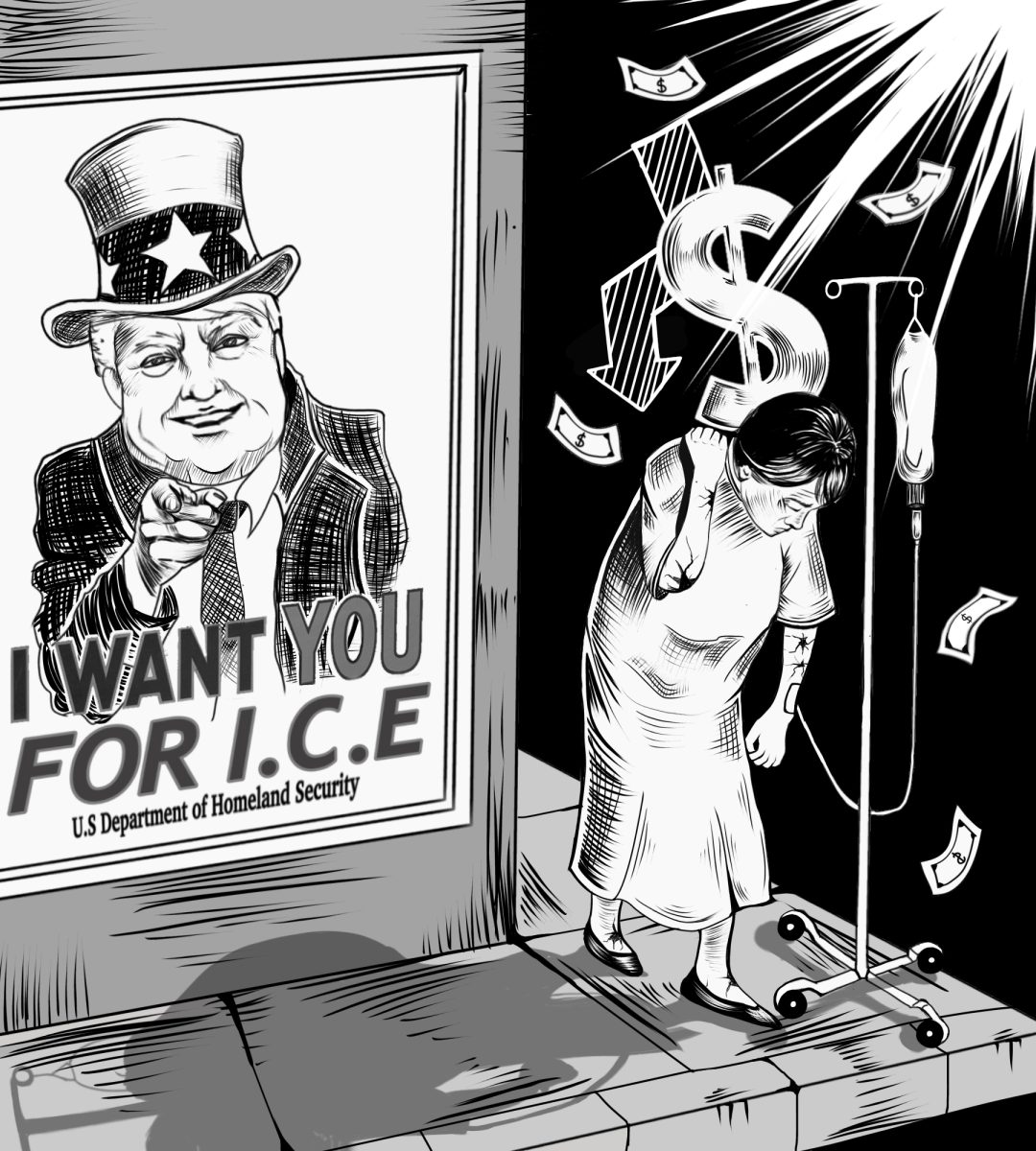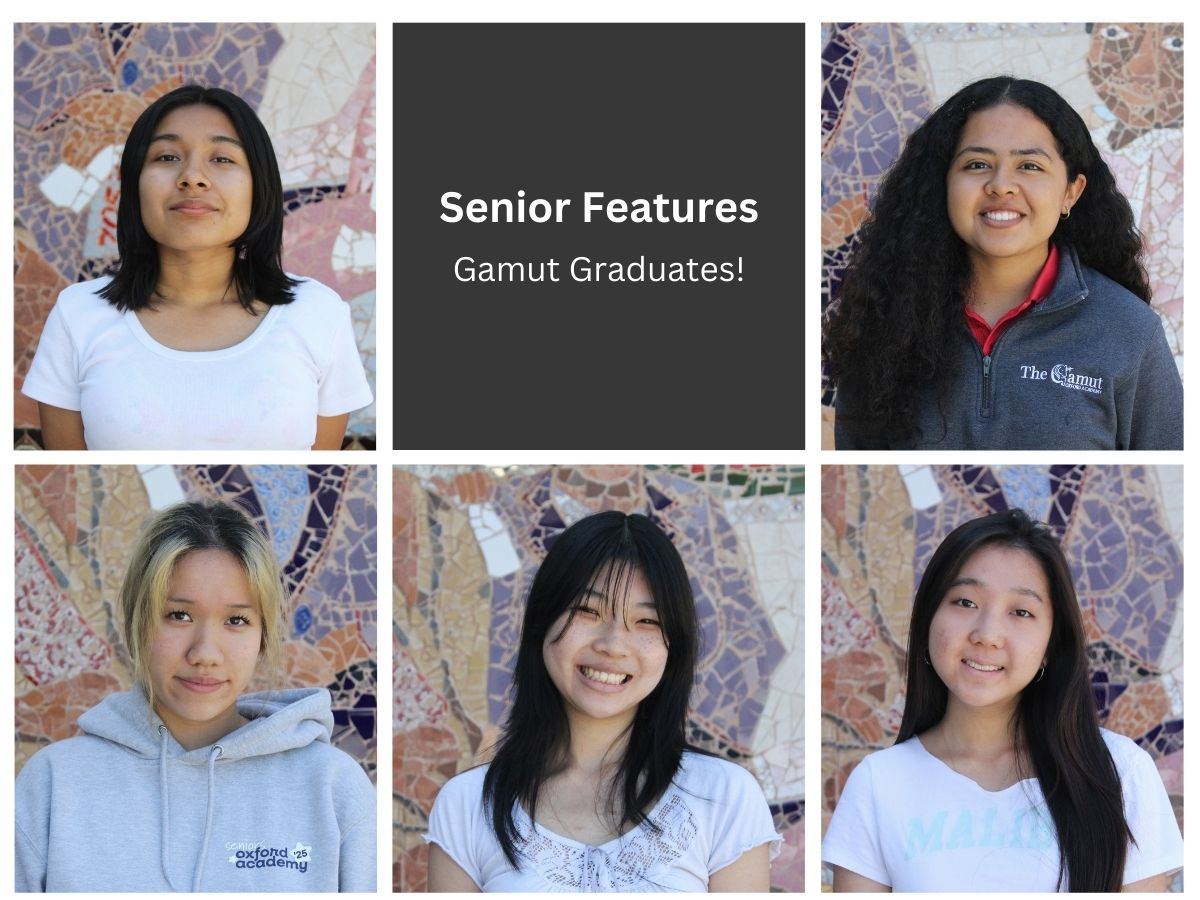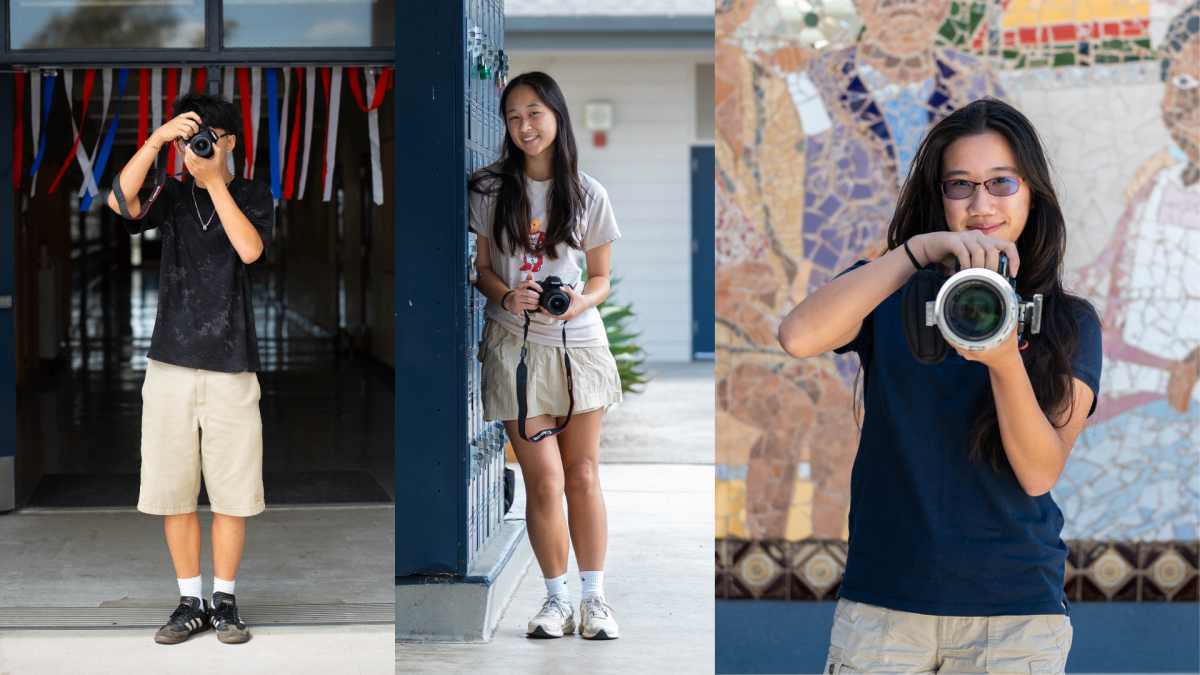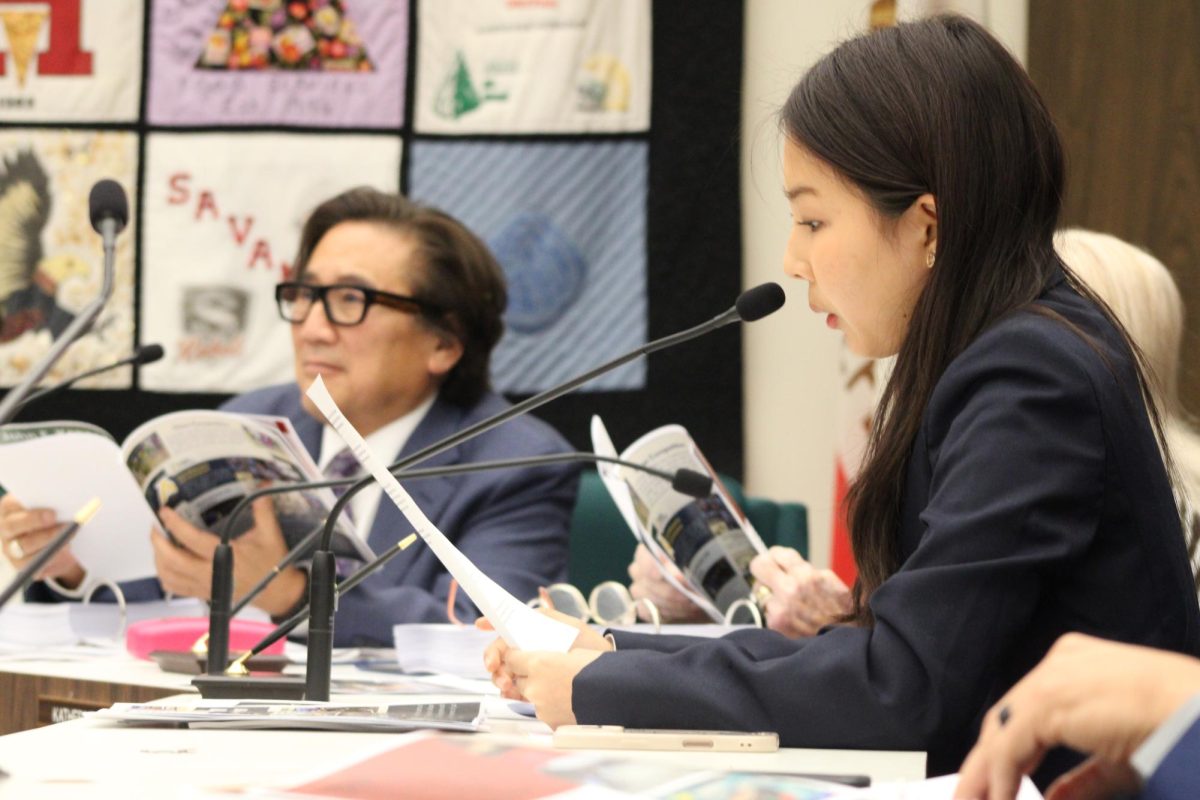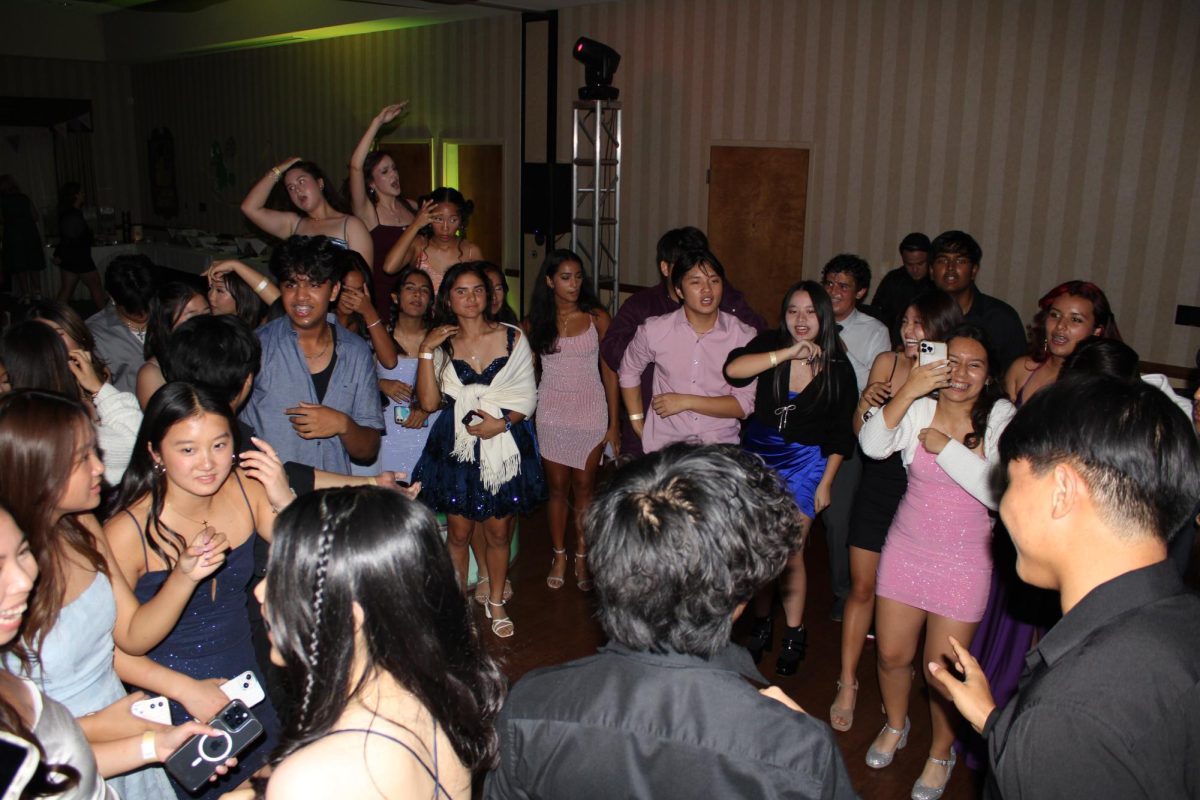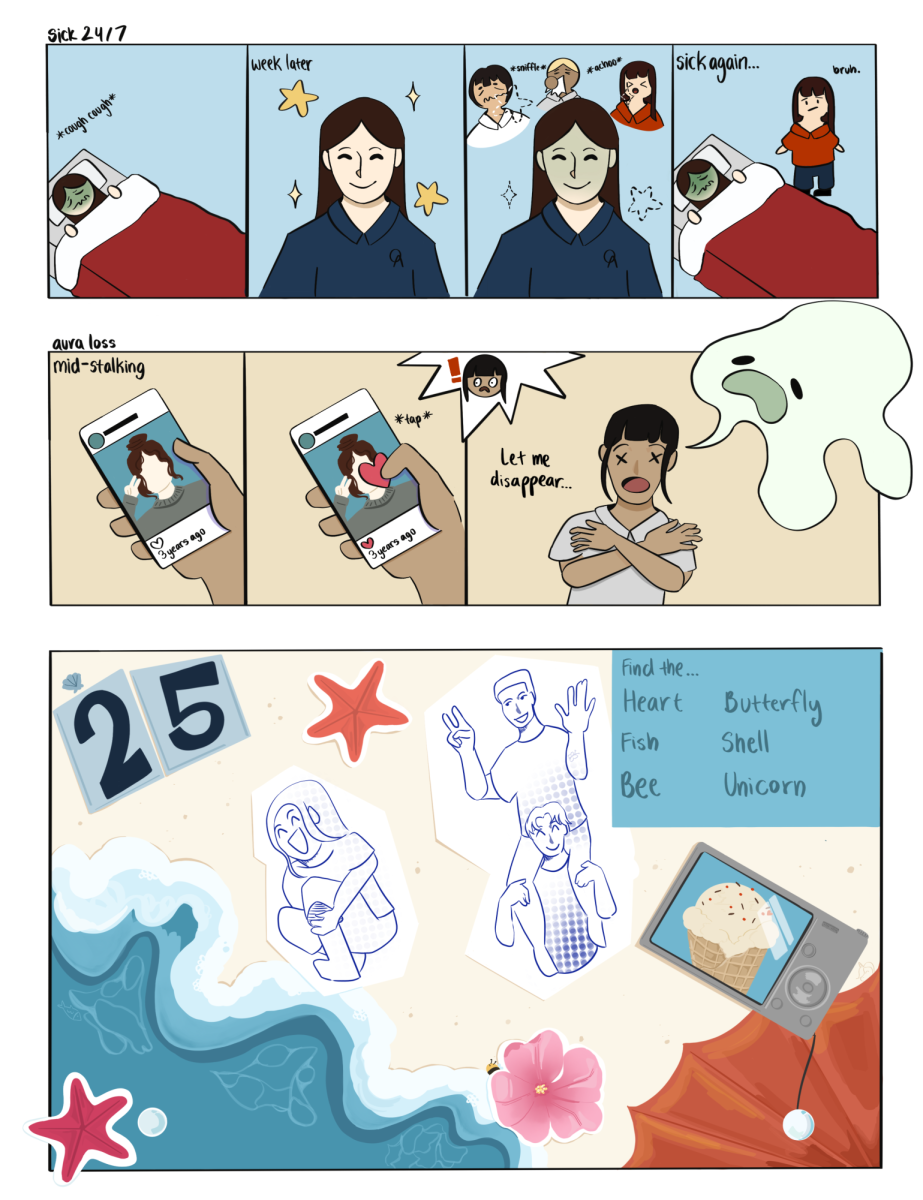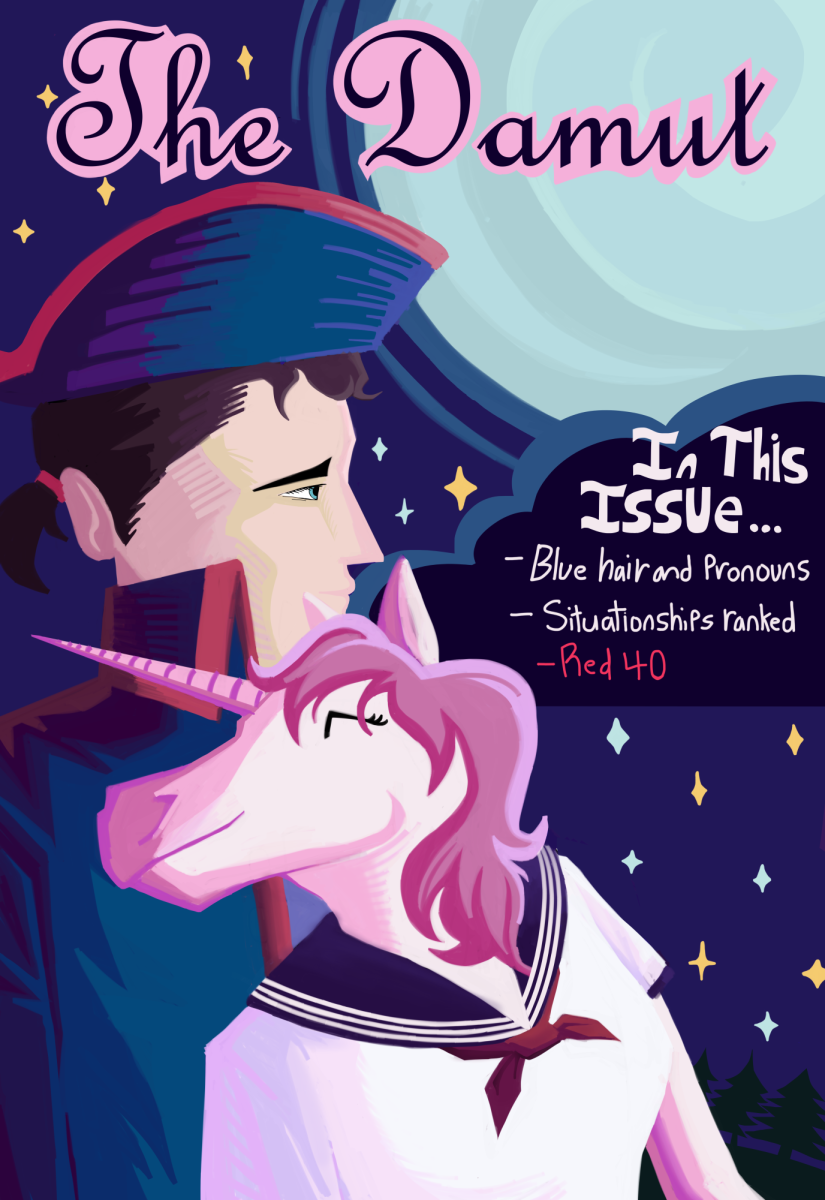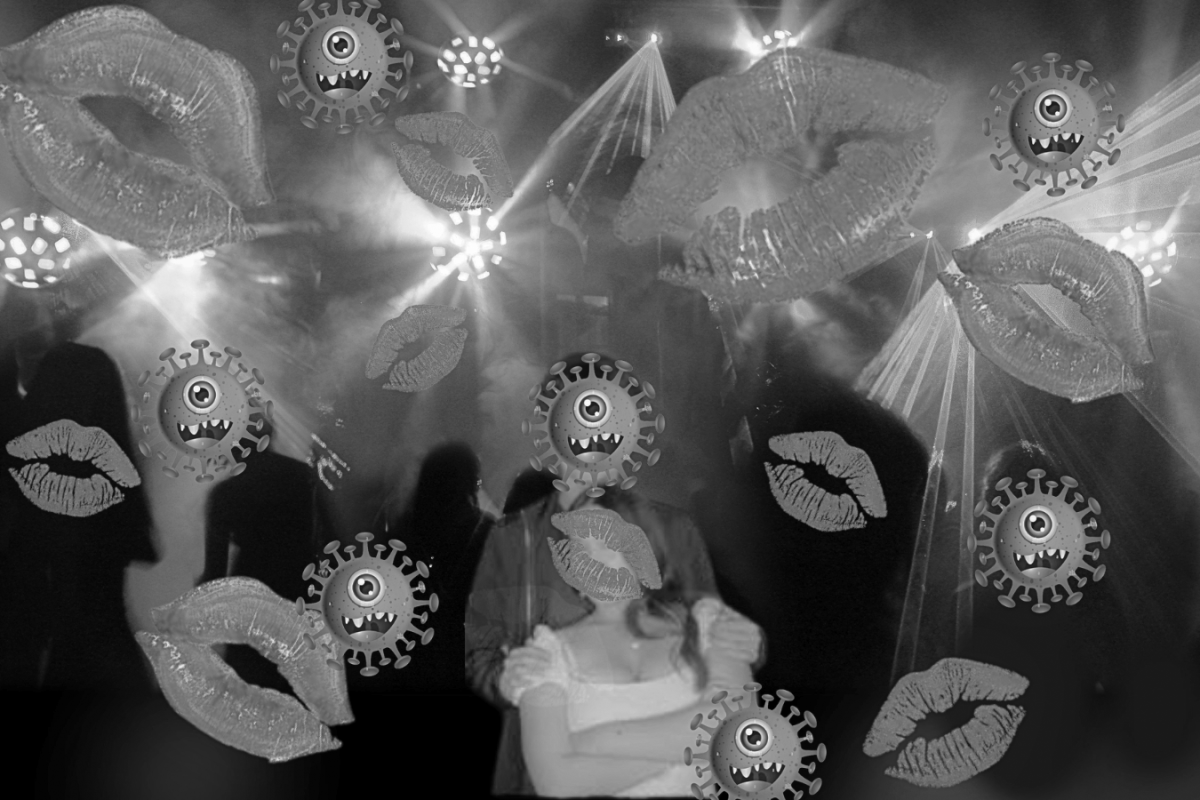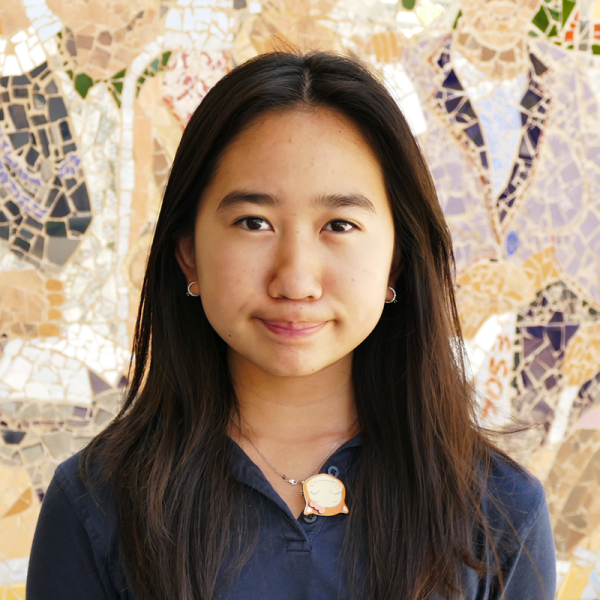After a 6-year hiatus, the Victoria’s Secret Fashion Show returned with fresh faces and unconventional changes on its iconic runway. Featuring plus-size and transgender models, as well as models who embraced their natural hair on the runway, this year’s show broke away from its previous mold which only featured conventionally attractive models that fit the eurocentric beauty standard, but Victoria’s Secret newfound diversity is still a performative action that the brand is taking to rebrand their past image.
Victoria’s Secret has been an emblem of femininity for women all over the world, yet, time and time again it has found itself in the center of heated controversy. For example, the brand’s “Perfect Body” campaign in 2014 sparked controversy for its “Body by Victoria” lingerie, which exclusively featured slim and predominately white models.
For far too long, the modeling industry has clung to toxic and harmful body ideals, pressuring women who admire these models to conform to unrealistic standards. Victoria’s Secret is late to introduce plus-size models in the industry. This year’s show deviated from the past stereotypical skinny models with thigh gaps and defined abs, as plus-size models Paloma Elsesser and Ashley Graham dominated the runway with confidence.
Victoria’s Secret newfound diversity is still a performative action that the brand is taking to rebrand their past image.
Also, before the 2018 Victoria’s Secret fashion show, Ed Razek, the chief marketing officer for Victoria’s Secret’s then-parent company L Brands, was asked for an explanation as to why the runaway didn’t showcase transgender models. To which he responded, “No. No, I don’t think we should…Because the show is a fantasy. It’s a 42-minute entertainment special. That’s what it is.” Razek’s comment showcased the brand’s exclusion towards transgender models.
The company’s practices have evolved since then, as transgender models Alex Consani and Valentina Sampaio strutted down the runway at the 2024 show. Although groundbreaking for Victoria’s Secret, other high fashion brands have exercised inclusivity with transgender models for years. The brand’s delayed shift leads to questions about the authenticity of their actions, and whether they are making changes solely to rebrand their image.
In their past shows, Victoria’s Secret has lacked diversity in hairstyle representation, often giving all models the default bombshell blowout. Yet, this year, Tyra Banks, Imaan Hammam, Layla Etengan and more models accentuated their natural hair on the runway. By highlighting the beauty of natural hair, the models provided more visibility and empowerment to women of color.
The 2024 Victoria’s Secret Fashion Show, even with its newfound diversity, is a performative attempt to make amends with the public for its previous failures to embrace inclusivity. Despite being years overdue, this year’s show reflects a positive shift for the brand. However, Victoria’s Secret should still continue to be held accountable for their endless years of exclusive and insensitive actions.









